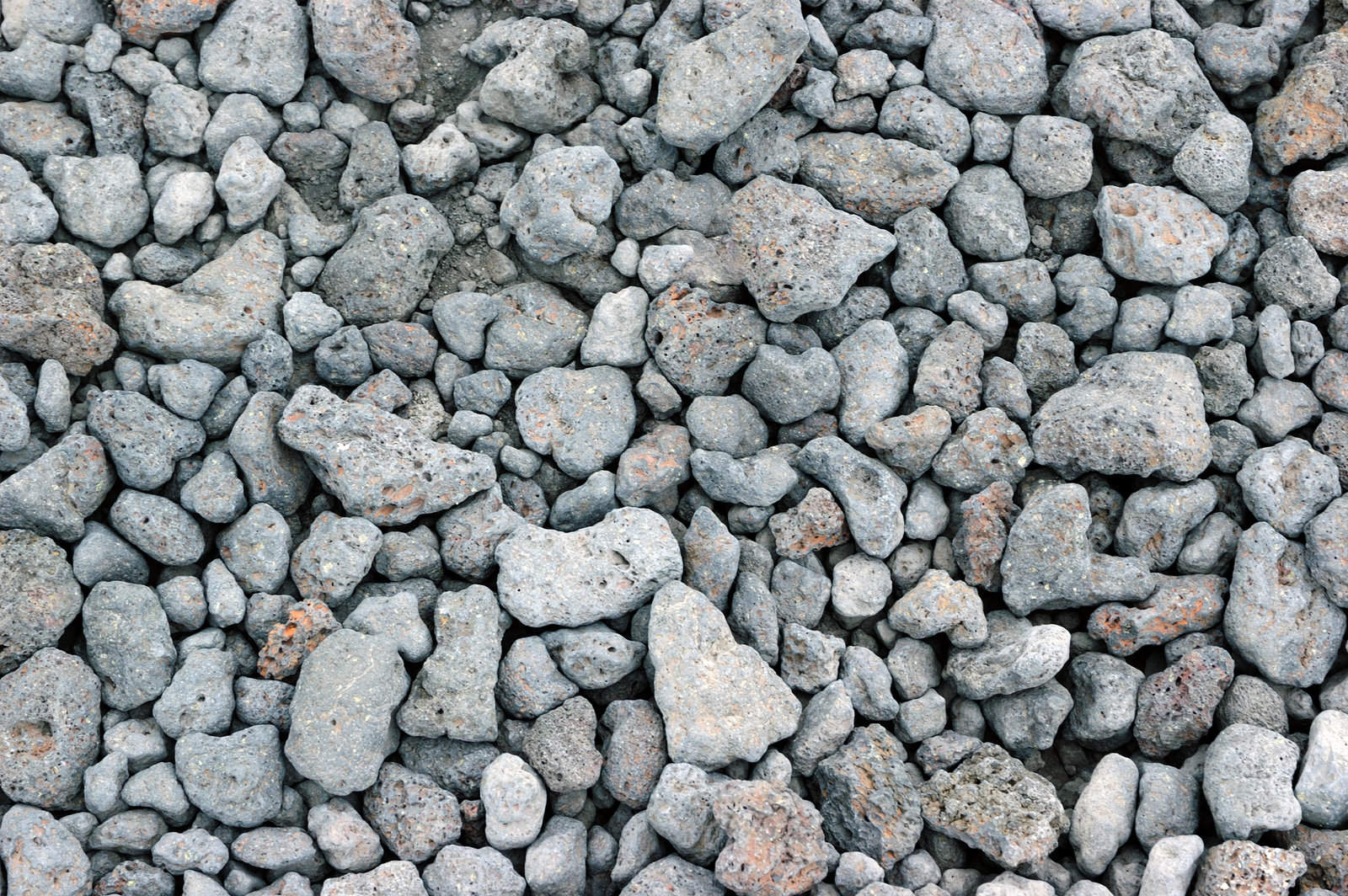Dome homes are a new choice for people when it comes to building a home. It’s simplicity and shape has drawn the attention to its whereabouts. It sort of a remnant of an igloo but made with modern materials.
Dome homes, with their spherical shape, don’t really fit into the niche of a regular suburban neighborhood. Their look or design raises a lot of questions. Like, how does it’s shape affect the inside living conditions? Will it help save money in any way or what problems can someone face while living in a dome home?
What Is a Dome Home Like?

After doing some research, I’ve found that the sphere shape is the most energy efficient shape in nature.
The shape helps to pull one third less heat from its surroundings, saving 30% for bills on cooling and heating than a rectangular home.
So that would save a dome homeowner thirty percent less on electricity than a homeowner of a rectangular home.
The shape also offers the largest volume of interior space for the least amount of surface area. This translates to using one third less building materials and having more space than a rectangular home at the same size.
So, if anyone wanted to make a dome home, they should know that they would already be saving money because of the dome’s shape alone. What other things will make a dome home energy efficient?
Building Materials
Not every dome will be built with the same materials. Some people might choose certain materials because of living conditions or what they can afford. So, there are quite a few materials to select from and styles used to construct a dome home.


Here are a few of the building materials:
-Aircrete: Made with sand, concrete, lime, anhydride and aluminum powder. Used in commercial, residential and industrial construction.
-Papercrete: Made with recycled paper, clay or soil mixed Portland concrete. Not favorable to bear weight.
-Soil: Put into bags, to stack and create the structure.
-Volcanic Rock: Use to stack on each other and concrete is used to bind the rocks.
-Used Tires: Stacked to create walls.
-Foam: Polyurethane Foam.
-Clay: Clay bricks are used to construct the walls of the dome home.
Insulation
While deciding to make a dome home, materials is one thing to consider. There is a scale used to help determine the thermal resistance that certain materials have. This is called R-value rating. The rating scales from 1-100. The higher the number the more effective it is at insulating.
Having the knowledge of what materials to use can greatly assist with making a dome home energy efficient.
Here’s a list of materials that are used to insulate:
-Fiberglass: 2 types: 1. Blanket 2. Loose fill (Most common insulation)
-Mineral Wool: 2 types: 1. Rock wool 2. Slag wool
-Cellulose: Made of recycling paper
-Natural Fibers: Cotton, sheep’s wool, straw and hemp
-Polystyrene: Colorless, transparent thermoplastic
– Polyisocyanurate: Liquid spray foam
-Polyurethane: foam with gas cells. 2 types: 1. Open cell 2. Closed cell
-Vermiculite and Perlite: Used in attic in 1950. Not used often due to hazardous chemicals. (Rarely used)
-Urea-Formaldehyde: Foam used commonly in commercial and industrial buildings.
-Cementitious Foam: Cement base spray foam, nontoxic and nonflammable.
-Phenolic Foam: Plastic foam not commonly used.
-Insulation Facings: Placed on the surface of insulation to hold insulation together.



These materials are great options to insulate as they can be used in most buildings. Insulation contractors will also tell you that although the material is important to help insulate well because of the R-value it has, it’s more important that the insulation is done properly and sealed well to prevent air to move freely.
Now, insulation isn’t the only way to go about keeping your dome home energy efficient. There are other materials used to build a dome home that can aide along with insulation. These materials can be used to create certain types of domes.
Dome Methods


There are several methods used to skillfully construct a dome home. Here are a few ways they’re done to create that energy efficient dome home.
A Monolithic Dome is created with concrete, rebar to reinforce its walls and structure, spray insulation, and are more likely to have an oversized balloon shape.
Many monolithic dome homes are strong enough to withstand natural disasters such as hurricanes and earthquakes and are also known to protect even from bombs.
Another method used is called Earthship Tire domes. This method uses tires filled with soil to fortify the strength of a tire, and offer more support when stacked.
This option also is used to help protect a home from the weather. It works as a barrier to keep water from getting into the home or other invading substances such as insects.
The south facing side of the Earthship home generally will have more windows to allow for an in home greenhouse effect. It allows for someone to be able to grow his or her own food and usually gives a lot of sunlight for the home.


The last method used is called Foam domes. This method to build a dome home is primarily built by polyurethane foam. It won’t rot, its fire resistant, resistant to termites, also resistant to hurricanes, earthquakes and tornadoes.
This method is very efficient because it’s the same material used as insulation so you’ll get the best of both worlds – insulation in your walls but in a thicker amount to offer protection from the environment.
The Bottom Line
So, here’s a little info to get a better idea on how to go about making your own dome home or to have someone create it for you. There’s a lot of positive aspects in getting a dome home. They are energy efficient, cost effective and can help keep the environment cleaner with it’s recycled materials.
Are dome homes energy efficient? Yes, they are and they will help you live comfortably if you decide to indulge into the world of dome homes.


